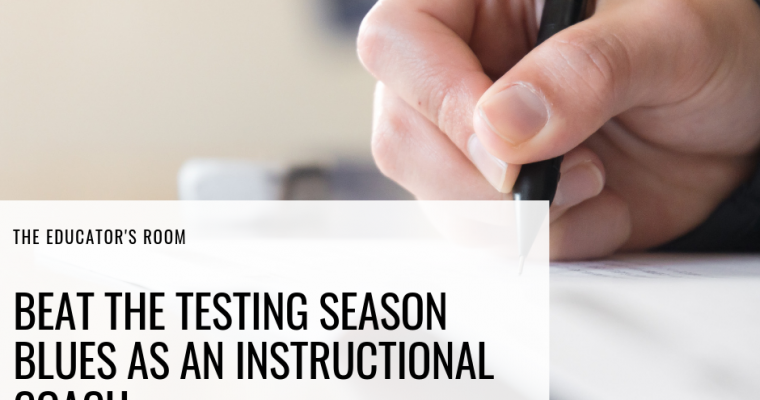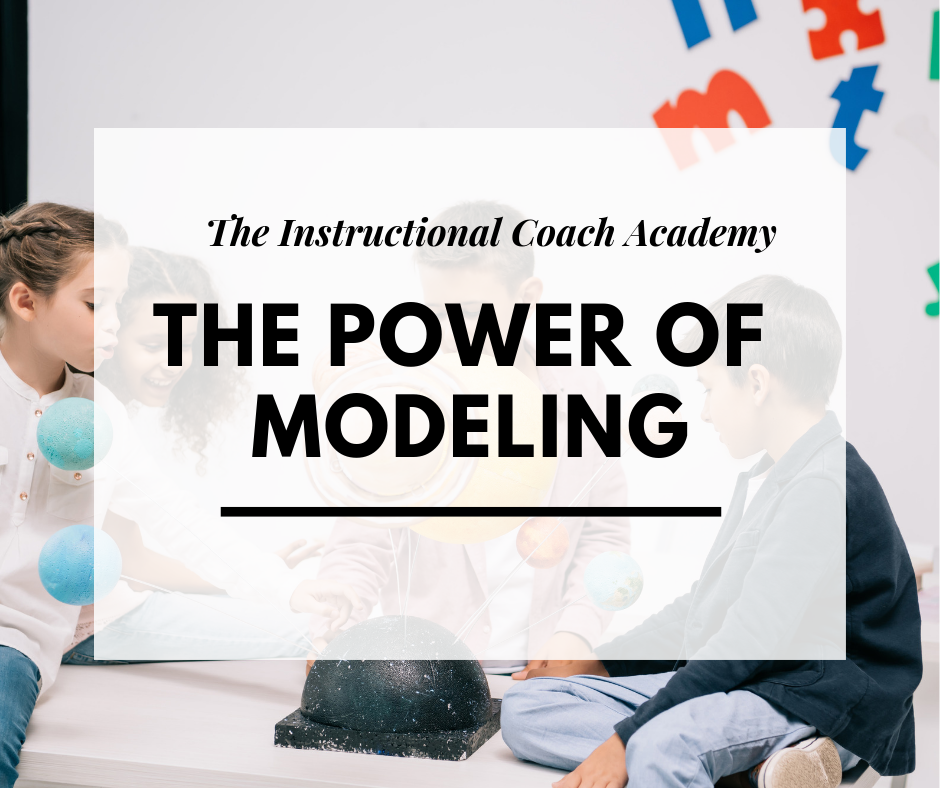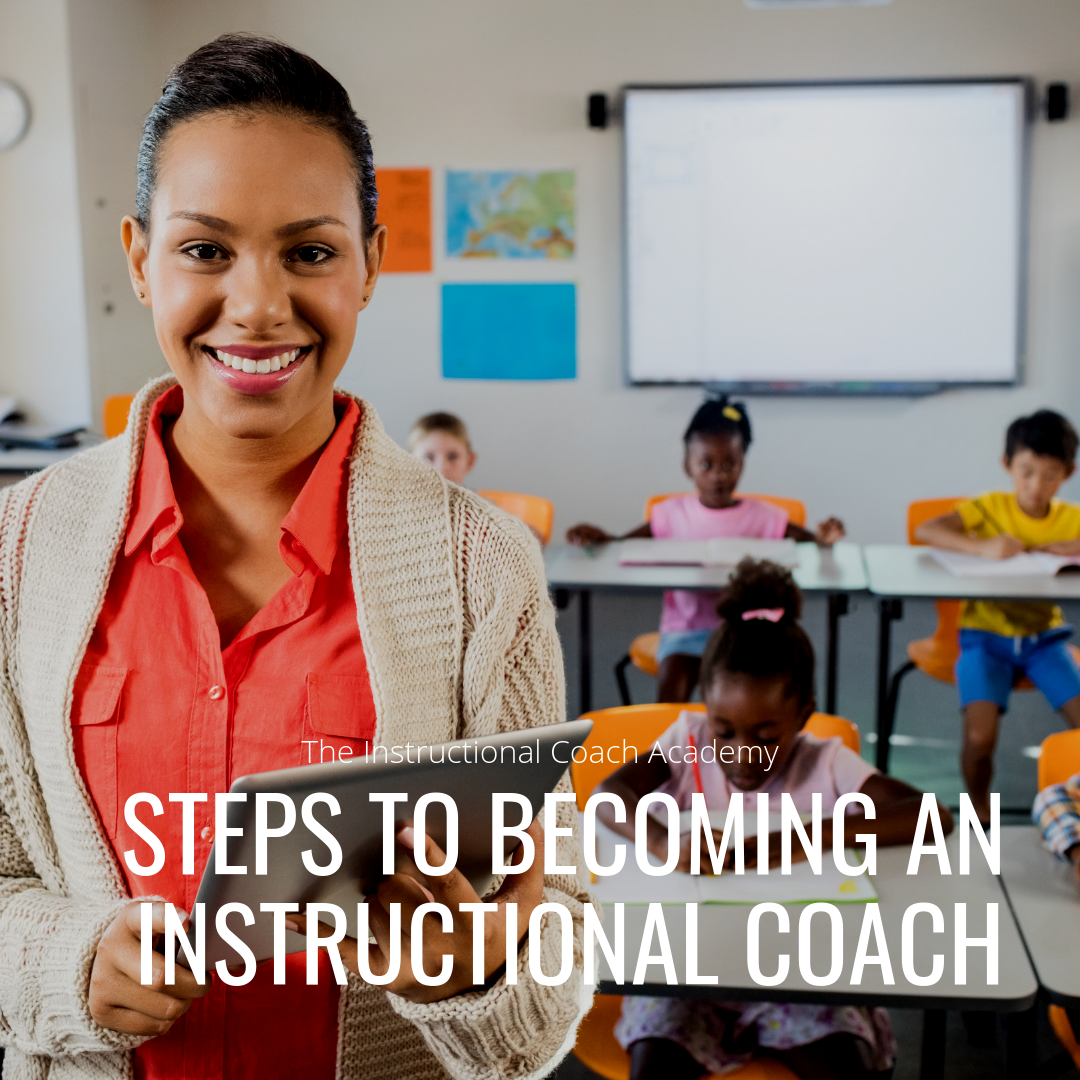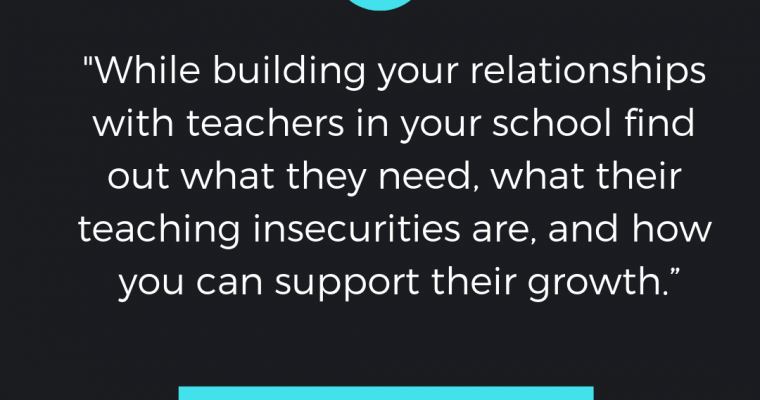It’s the End of the Year! What now?
Things are beginning to slow down in the last month of school in the coaching world. Teachers and the school are part of standardized testing, they are gearing up for awards ceremonies, and they are trying to keep their students calm. It is the end […]






